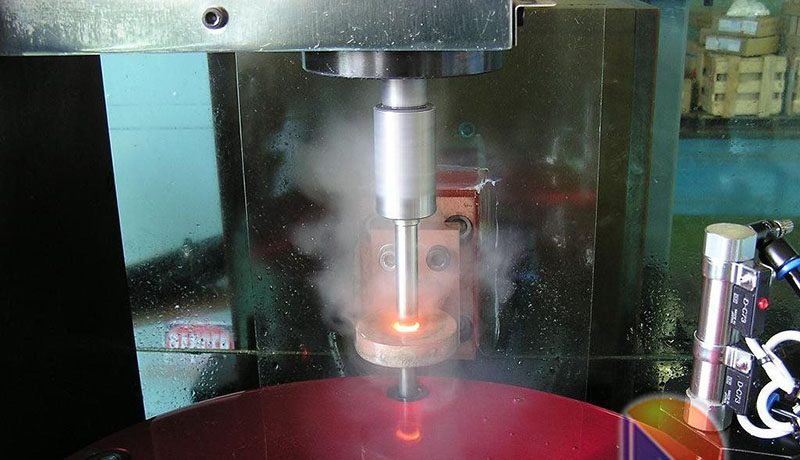There are many follow-up processes commonly used in CNC precision machining, such as heat treatment and surface treatment. These processing techniques are to make precision parts more practical.
Heat treatment includes three stages of heating, heat preservation and cooling. The main factors that play a role in heat treatment are temperature and time.
Heat treatment is to heat the solid steel to a certain temperature, carry out the necessary heat preservation, and cool it to room temperature at an appropriate speed to change the internal structure of the steel to obtain the required performance.
In CNC precision machining, heat treatment is to improve the mechanical function of mechanical parts and ensure that the machining quality meets the needs of commodity use.
First of all, we need to understand how many methods are included in the so-called heat treatment in the machining process of parts? In view of the frequency and importance of various methods in the machining process, we choose the following types for analysis, namely, key analysis.
In the machining process, we use the four most heat treatment methods: annealing, normalizing, quenching and tempering. Let’s analyze them one by one.

Annealing
Definition Of Annealing Treatment:
A metal heat treatment process in which metal parts are heated to a certain high temperature, maintained for a period of time, and then allowed to cool naturally.
Its Main Function:
- Reduce the hardness of parts and improve cutting performance
- Eliminate the residual stress of the parts, stabilize the size, and reduce the probability of deformation and cracks
- Refine the grains, adjust the structure, and eliminate the defects of the material structure
- Uniform material organization and composition, improve material performance or prepare organization for subsequent heat treatment process
Normalizing
Definition Of Normalizing Treatment:
Heat the metal parts to a certain high temperature, keep them for a period of time, and then let them cool in the air by spraying water, spraying, blowing, etc., which is different from annealing treatment in that the cooling rate is faster, so the material obtained The organization needs to be finer, and the mechanical properties are also improved.
Its Main Function:
- Remove the internal stress of the material
- Reduce the hardness of the material and increase the plasticity
Quenching Treatment
Definition Of Quenching Treatment:
The metal parts are heated to a temperature above the critical temperature Ac3 or Ac1, kept for a period of time to make them fully or partially austenitized, and then rapidly cooled to below Ms at a cooling rate greater than the critical cooling rate to perform a martensitic transformation heat treatment process.
Its Main Function:
- Significantly improve the rigidity, hardness, wear resistance and fatigue strength of parts
- Meet the physical and chemical properties of ferromagnetism and corrosion resistance of some special steels
Tempering Treatment
The Definition Of Tempering Treatment:
Refers to a heat treatment method in which the steel after quench hardening or normalization is immersed in a temperature below the critical temperature for a period of time, and then cooled down at a certain speed to increase the toughness of the material.
Its Main Function:
- Eliminate the residual stress generated during quenching of the workpiece to prevent deformation and cracking;
- Adjust the hardness, strength, plasticity and toughness of the workpiece to achieve better performance requirements;
- Stable organization and size, and ensure accuracy;
- Improve and enhance processing performance.
Purpose Of Heat Treatment
When heat treatment is required for parts designed by mechanical design engineers, it is nothing more than the following requirements:
- The purpose of eliminating the casting stress of the material is to obtain a more stable processing size and accuracy.
- To improve the cutting performance of parts, the purpose is to have higher processing efficiency, better processing quality and lower processing costs during the processing of parts.
- Improve the rigidity, hardness and wear resistance of the parts.
The heat treatment requirements of most parts are designed around the above three major aspects, so you only need to use the above four heat treatment methods according to your requirements.



